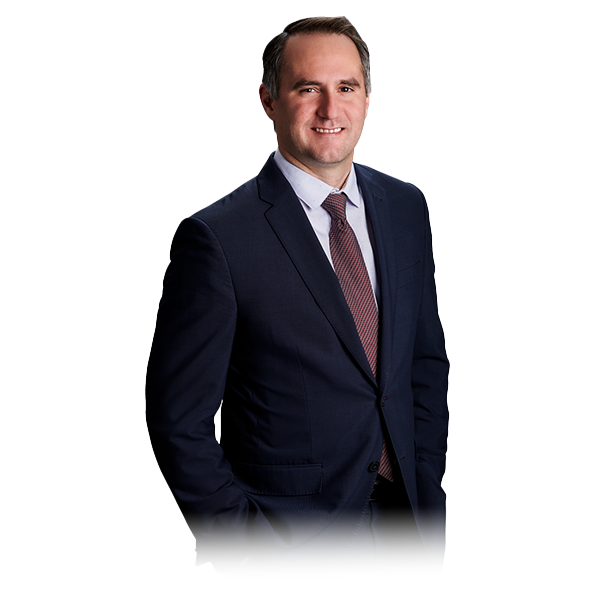In Meade v. Hussein, Justice Stephen Bale of the Superior Court recently released a key decision that will undoubtedly make it more difficult to establish expert evidence for certain brain injuries in tort actions. The Court concluded that a SPECT scan used as a diagnostic tool to identify a Traumatic Brain Injury (“TBI”) is inadmissible evidence at trial.
A SPECT scan (“Single Photon Emission Computed Tomograph”) is imaging that identifies abnormal blood flow patterns in organs and tissues. It has been used for about 30 years and can track various neuro-cognitive symptoms, such as the decline in memory and reasoning in patients with dementia. Certain physicians are strong proponents of the methodology for use in diagnosing TBI. But within the neurocognitive field overall, SPECT scans are considered unreliable for effectively isolating and diagnosing TBI as distinct from certain other neuro-cognitive disorders. There also appears to be no reliable evidence supporting SPECT scans for psychiatric diagnoses.
In the decision, Justice Bale’s analysis reaffirmed the Court’s gatekeeper role to prohibit potentially unreliable expert evidence from being admitted. In keeping with the Supreme Court of Canada’s decision in R. v. J.-L.J., 2000 SCC 51, at the outset he found that SPECT scans used as a diagnostic tool for TBI is a novel science that must have a reliable foundation to be admissible evidence.
To determine whether the evidence is reliable, the Court referenced the four factors from the U.S. Supreme Court case Daubert v. Merrell Dow Pharmaceuticals Inc., 509 U.S. 579, which R. v. J.-L.J. also adopted: 1) whether the theory or technique can be and has been tested; 2) whether the theory or technique has been subject to peer review and publication; 3) whether there is a known or potential rate of error or the existence of standards to test the theory or technique; 4) whether the theory or technique is generally accepted by the relevant scientific community.
Applying Daubert, Justice Bale found the SPECT scan evidence met none of the four factors. In particular, the Court was troubled by the lack of acceptance within the scientific community of SPECT scans providing evidence of a TBI.. He found that none of the journal articles put forth by the plaintiff’s expert, Dr. Yin-Hui Siow, established that SPECT scans could distinguish TBI from depression and anxiety disorders. He also found a lack of evidence that the existing data on SPECT scans sufficiently supports this methodology for diagnosing and managing individual patients with TBI. He rejected the plaintiff’s argument that novel science was less of a concern in non-jury trials. As he put it, if the evidence cannot be proven reliable to a jury, “it is equally inadmissible in a trial by judge alone”.
Meade is the only Superior Court decision to date that has ruled on the admissibility of SPECT evidence for TBI diagnosis. The Court did not rule out the possibility that a SPECT scan could distinguish TBI from anxiety or depression symptoms. However, the reliability of SPECT scans as a primary or sole diagnostic tool for TBI diagnosis seems unlikely given the length of time SPECT scans have been used and the lack of supportive retrospective studies. As well, other technology producing greater image resolution such at PET scans and Functional MRIs is available and similarly have not yet proven reliable as predictors of TBI.
Jonathan White is author of this blog and a lawyer at ZTGH. If you have a question about this decision, or have a file involving a SPECT scan, please contact Jonathan at 416-777-5204.














